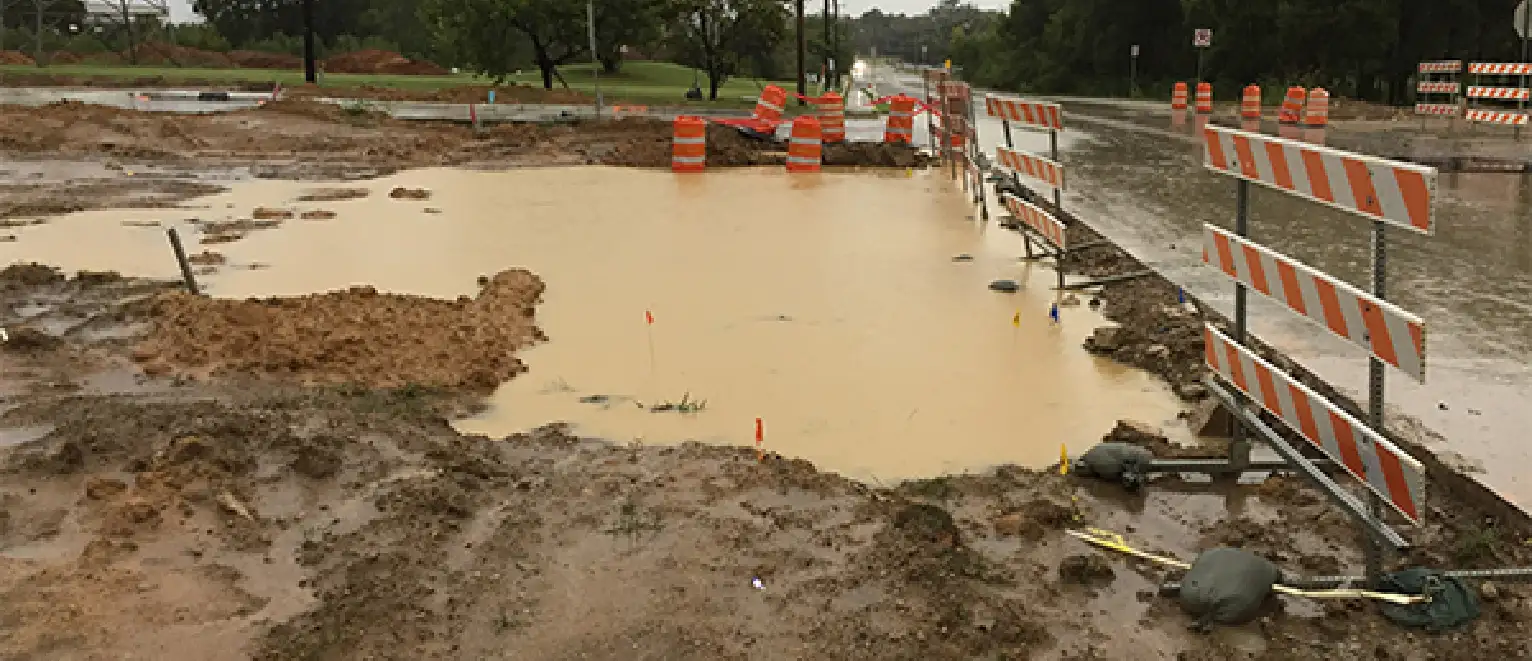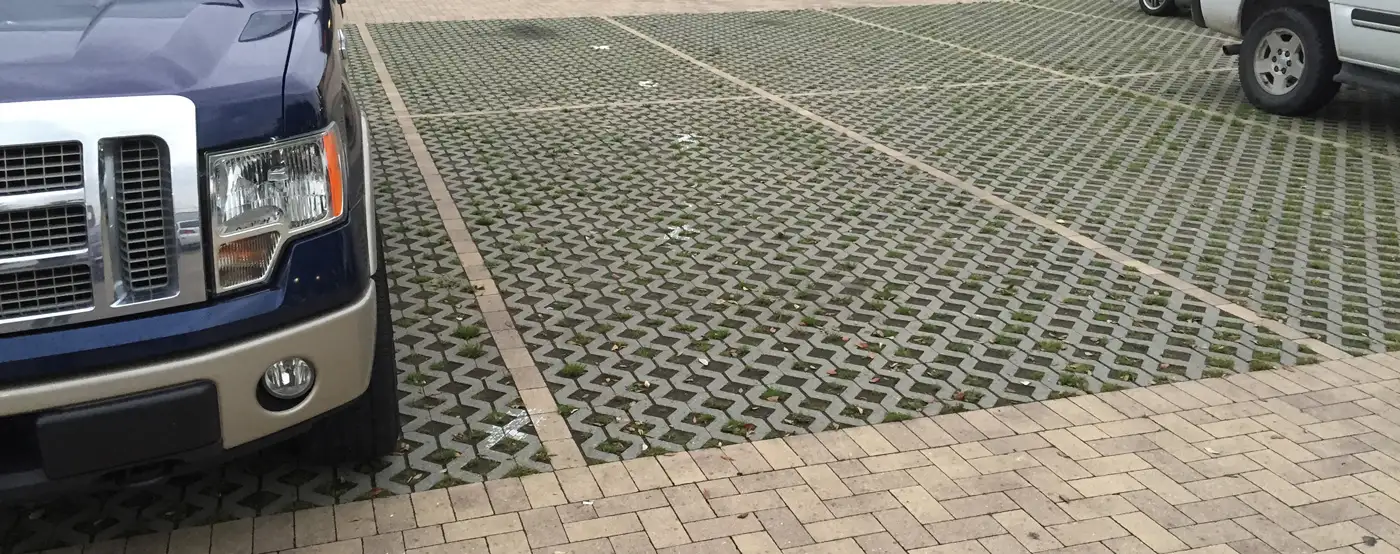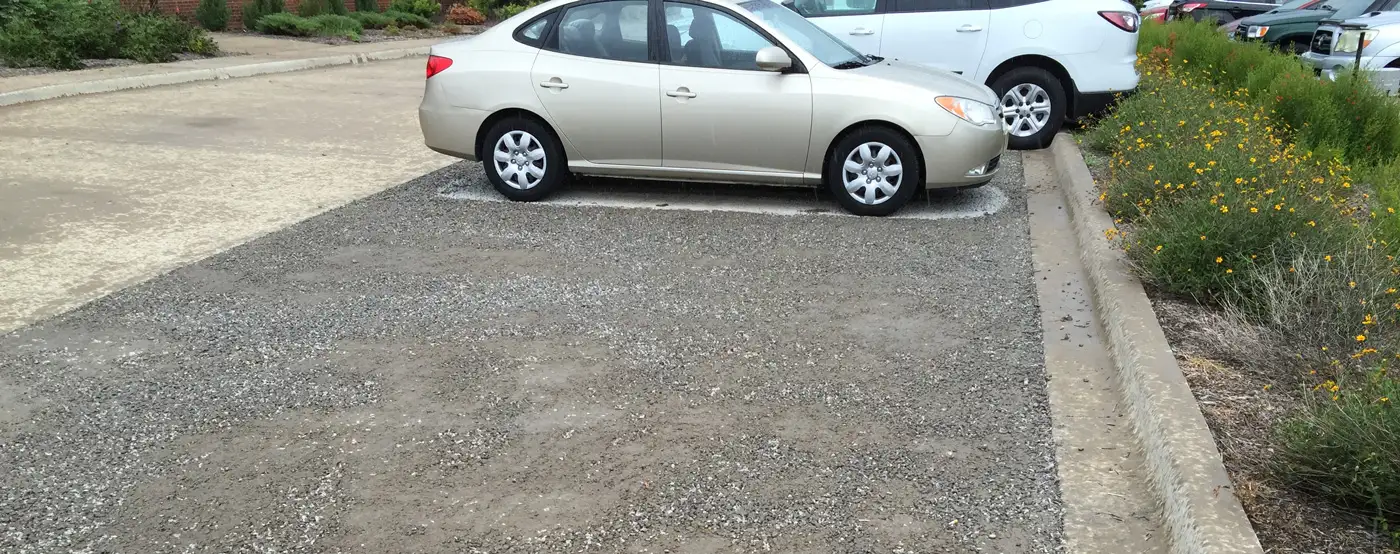Stormwater is created when rain and/or snowmelt run over the top of rooftops, pavement, lawns, natural areas and on top of soil.
As it travels over the top of the ground, this stormwater can cause flooding and erosion. It can also pick up pollution (like garbage and pet waste) and transport it to streams, lakes, and eventually to the water we treat and deliver. These pollutants can cause a number of water quality issues, including toxic algal blooms, fish kills, floating trash and debris, high levels of bacteria and odor issues.

Examples of pollutants from stormwater may include:
- Fertilizers
- Gasoline
- Grass clippings
- Household cleaning chemicals
- Motor Oil
- Paint
- Pesticides
- Pet waste
- Trash
- Used Cigarettes
Many of these common wastes are hazardous to the quality of our local water, the same water UTRWD treats and delivers to customers for drinking water.
Stormwater is also a growing concern in our North Texas area because of rapid development. As our population continues to grow, areas that were once natural are becoming urbanized. This process creates more impervious (hard surfaces that don’t allow infiltration) surfaces with less vegetation to soak up rainwater, leading to more stormwater reaching waterways causing greater flooding and erosion problems. More erosion leads to greater sedimentation in our lakes, which is when sediment deposits on the lake bed resulting in less water-holding capacity in the lake.
As water sources such as Lewisville Lake become more polluted, more chemicals, energy and possibly more advanced treatment techniques will be required to produce safe drinking water. This may cause higher drinking water treatment costs and water bills for our customers.
Since stormwater is a growing issue for our region, Upper Trinity Regional Water District (UTRWD) has joined a local initiative to counteract these negative impacts. We are working with other neighboring communities as part of the North Central Texas Council of Governments to meet our EPA water quality requirements and monitor/regulate stormwater in our area. You can see how communities can better manage stormwater by visiting the Integrated Stormwater Management site.
We also encourage our fellow residents to take simple actions to protect our waterways and the water we drink.
Help Protect Your Water
- Pick up and throw trash away. Learn more at the Trash Free Texas website.
- Properly dispose of household hazardous waste like motor oil and paint through your city’s special collection program, or at a mobile collection event. For a list of items that need to be properly disposed of, visit our Household Hazardous Waste page.
- Pick up your pet’s poo. It’s not a good fertilizer!
- Sweep grass clippings and leaves back onto your lawn.
- Apply fertilizers, pesticides and other outdoor chemicals according to the instructions on the label. Sweep any granules on the concrete back onto the lawn. If you can limit or eliminate the use of fertilizer by using organic fertilizer or compost, that’s even better!
- Use a rain barrel to capture rainfall, which is healthier for your plants anyways!
Green Stormwater Infrastructure
One effective way to manage stormwater is to mimic nature’s ability to absorb and capture rainfall. Urban communities can do this by using cost-effective green stormwater infrastructure (GSI) practices.
GSI practices work by reducing the amount of stormwater that reaches the nearest waterbody by absorbing/filtering the water immediately. From small-scale parking lots to large-scale areas covering entire watersheds, the use of GSI vegetation, soils and other natural elements can decrease flooding and water quality problems.
Examples of GSI that a community can implement are:
- Rainwater Harvesting
- Permeable Pavement
- Bioswales
- Rain Gardens
- Urban Tree Canopy
- Greenbelt and Wetland Preservation

Bioswales


Rainwater Harvesting

Many local examples of GSI implemented in the Dallas/Fort Worth area can be found at the North Central Texas Council of Governments ‘Integrated Stormwater Management (iSWM)’ website. Technical designs and guidance can be found on the iSWM website as well.